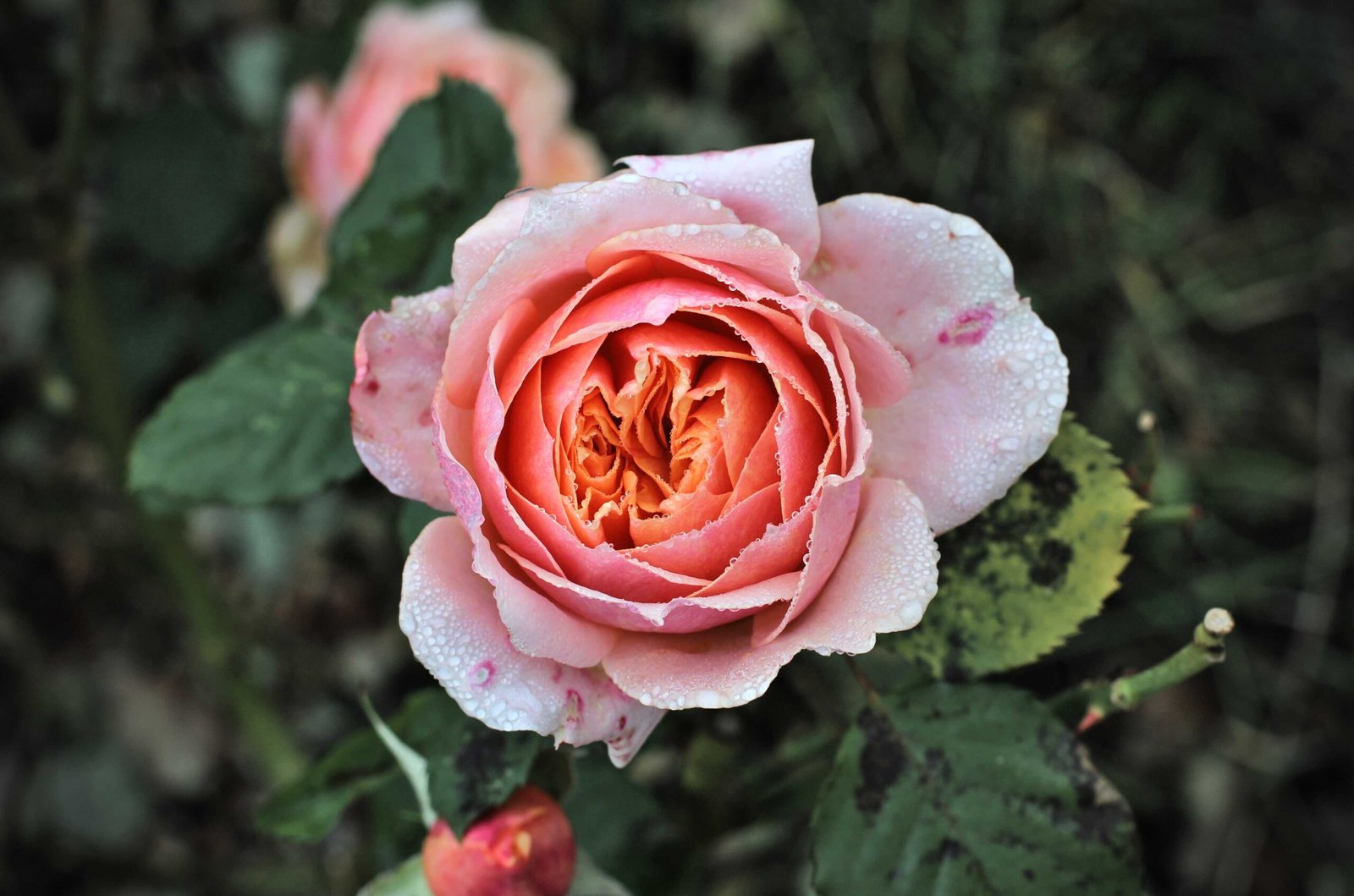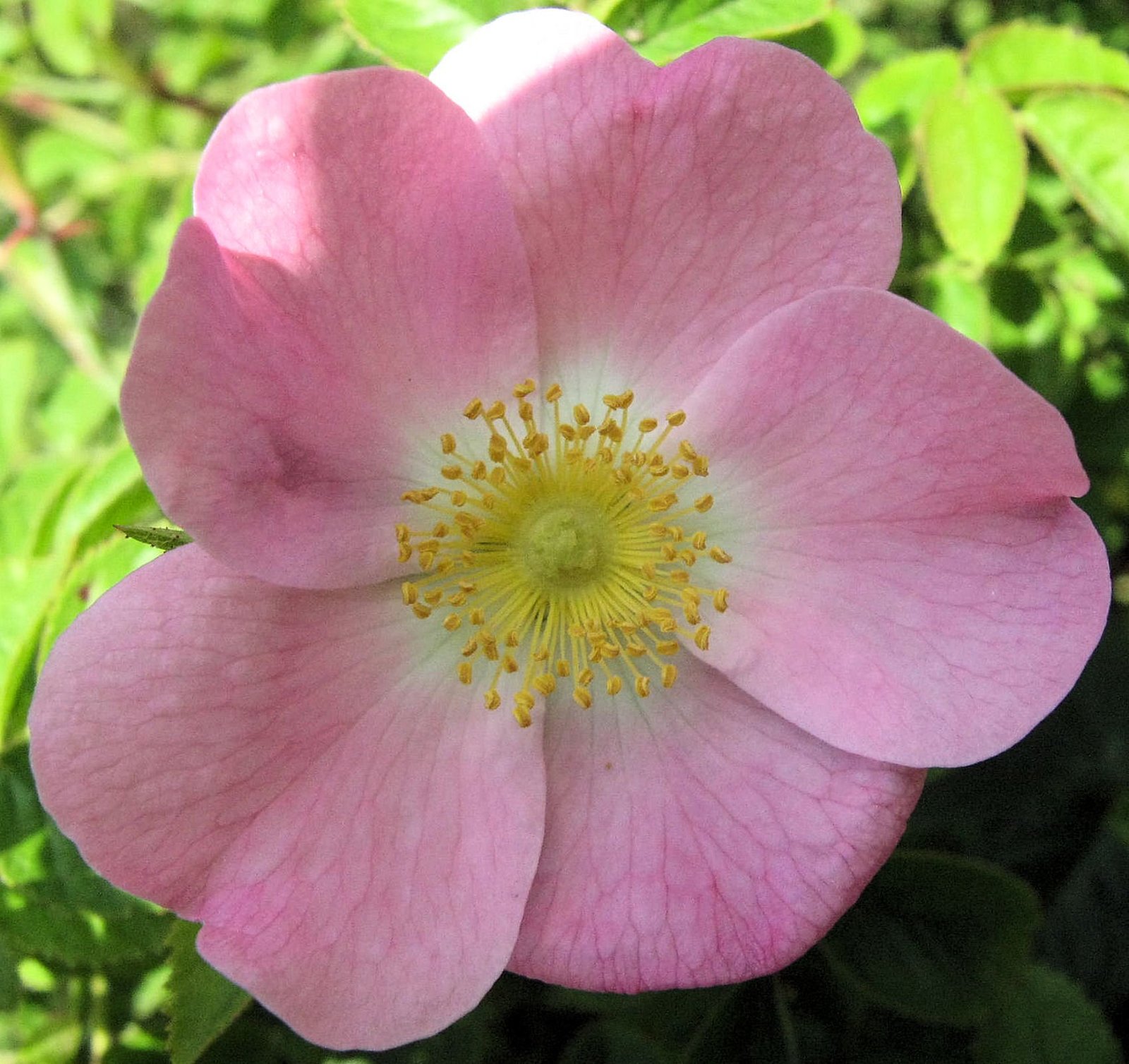What is the Optimal Soil Composition for Bonsai Desert Rose?

For a Desert Rose (Adenium obesum) bonsai, the soil should be well-draining to prevent root rot. A recommended mix consists of:
- Equal parts perlite
- Equal parts coarse sand or grit
- Equal parts well-draining soil base[1][4].
Avoid using heavy potting soil or garden soils as they retain too much moisture.
What is the Ideal Pot Size for Bonsai Desert Rose?

 , licensed under CC BY-SA 2.0
, licensed under CC BY-SA 2.0The pot size should be chosen based on the root system of the plant. Generally, a shallow pot with good drainage is preferred. The pot should be slightly larger than the root ball, allowing for about 1-2 inches of fresh soil around the roots. For repotting, it is advisable to increase the pot size gradually to accommodate the growing root system[1][3][4].
How Often Should I Water a Bonsai Desert Rose?
Desert Roses are succulents and do not require a lot of water. Here are some guidelines:
- Water every 7 to 10 days, allowing the soil to dry out a bit between waterings.
- In hot summer months, watering can be done once or twice a week.
- Before repotting, stop watering for a week or two to prevent root rot[1][3][4].
What are the Light Requirements for Bonsai Desert Rose?
Desert Roses prefer bright, sunny conditions:
- Place them in a sunny position or semi-shade, especially in temperate climates.
- In warm climates, they can be kept outside year-round, but in temperate climates, they should be moved indoors during autumn and winter[4].
What are the Ideal Temperature Preferences for Bonsai Desert Rose?
The ideal temperature range for Desert Rose bonsai is:
- Between 60°F (15°C) and 90°F (32°C).
- They can tolerate temperatures as low as 40°F (4°C) but should be protected from freezing[1][4].
How Should I Fertilize a Bonsai Desert Rose?
- Use liquid fertilizer at half the recommended strength once a month from spring to autumn.
- In winter, fertilization is not necessary unless the plant is still actively growing new shoots.
- Solid and organic fertilizers can be used instead of liquid fertilizers when the plant is kept outside[4].
What Pruning Techniques Should I Use for Bonsai Desert Rose?
Pruning is crucial for shaping and promoting healthy growth:
- Prune year-round, but avoid pruning during the dormant season.
- Trim back long shoots and cut off damaged parts, making clean cuts just above a leaf node or junction.
- Pruning stimulates more ramification and flower bud development. Wear gloves to avoid the poisonous milk sap[1][2][4].
How Should I Wire a Bonsai Desert Rose?
Wiring helps in shaping the branches:
- Use aluminum wire for its flexibility.
- Wrap the wire gently around the branches without causing damage or leaving marks on the bark.
- Avoid over-bending or breaking the branches. Wire should be applied carefully to prevent scarring the plant[1][2][4].
How Do I Shape a Bonsai Desert Rose?
When styling your Desert Rose bonsai:
- Decide on the shape and size you want, choosing from styles like formal upright, informal upright, slanting, cascading, or semi-cascade.
- Work on one section at a time, taking your time to adjust the branches gradually to prevent shock.
- Young trees benefit from small, frequent styling adjustments[1].
What are the Common Pests and Diseases Affecting Bonsai Desert Rose?
- Pests: Aphids, mealybugs, and spider mites can attack weakened plants. Good care and monitoring can prevent most infestations.
- Diseases: High humidity can cause fungal diseases, while low humidity can lead to leaf drop or brown edges on leaves. Overwatering can result in root rot[1][2][4].
How Do I Treat and Prevent Pests and Diseases in Bonsai Desert Rose?
- Pests: Use appropriate insecticides and ensure good air circulation.
- Diseases: Adjust watering schedules, use fungicides if necessary, and maintain proper humidity levels (30% to 50%)[1][2][4].
When and How Should I Repot and Propagate Bonsai Desert Rose?
- Repotting: Repot every two or three years in late spring. Remove old soil, trim the roots, and use fresh well-draining soil. Stop watering for a week or two before repotting to prevent root rot[1][3][4].
- Propagation: Desert Roses can be propagated from seeds or cuttings, but grafting is also common.
- Seeds: More accessible but may not retain the exact characteristics of the parent plant.
- Cuttings: Can be planted into the ground after cutting long branches.
- Grafting: Popular in large Southeast Asian nurseries, especially for specific varieties like Adenium obesum Socotranum[2][4].
What are the Unique Challenges and Environmental Conditions for Bonsai Desert Rose?
- Environmental Conditions: Desert Roses require a warm and semi-humid climate. They thrive in bright, sunny conditions but need protection from freezing temperatures.
- Indoor vs. Outdoor Care: In warm climates, they can be kept outside year-round. In temperate climates, they should be moved indoors during autumn and winter to a warm place with plenty of light[1][4].
- Adjustments: Be cautious of the plant’s sap, which is poisonous. Wear gloves when handling the plant, and avoid wiring too tightly to prevent scarring[1][2][4].
References
- Desert Rose Bonsai Care Guide – Bonsai Resource Center
https://bonsairesourcecenter.com/desert-rose-bonsai-care-guide/ - Adenium – Bonsai Today
https://bonsaitoday.com/articles/basics/tree-guide/adenium-bonsai-tree-guide/ - Adenium (Desert Rose) Bonsai: How to train the roots – YouTube
https://www.youtube.com/watch?v=G9l8rf3Whu0 - Adenium Obesum (Desert Rose) Bonsai Care Guide – Bonsai Empire
https://www.bonsaiempire.com/tree-species/adenium-obesum-bonsai
